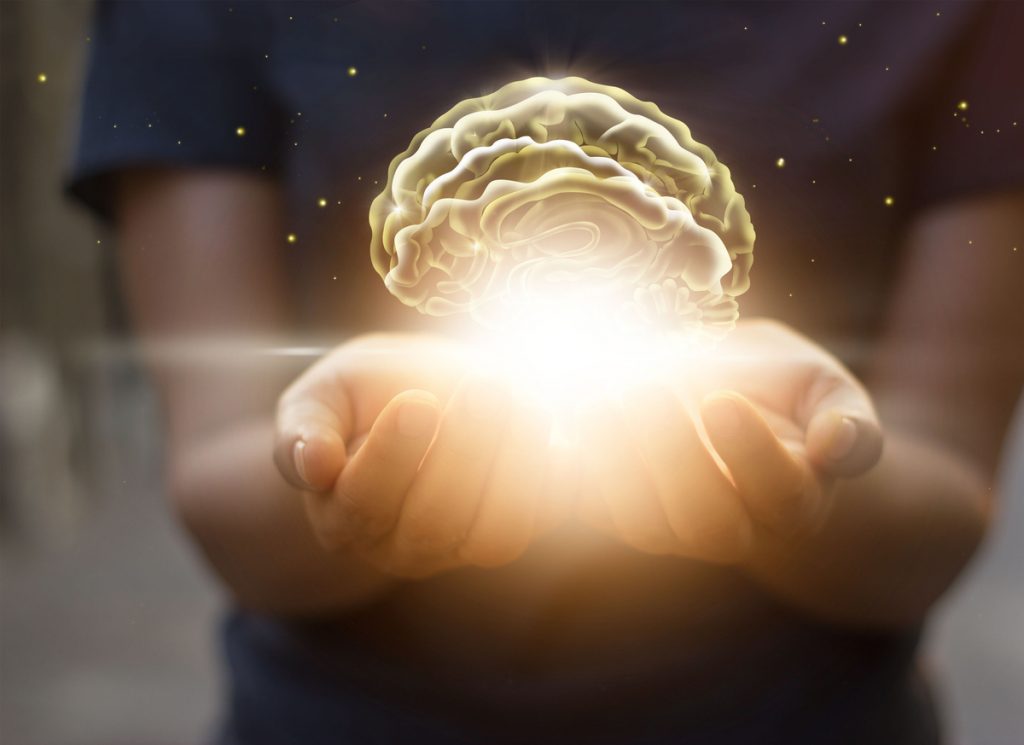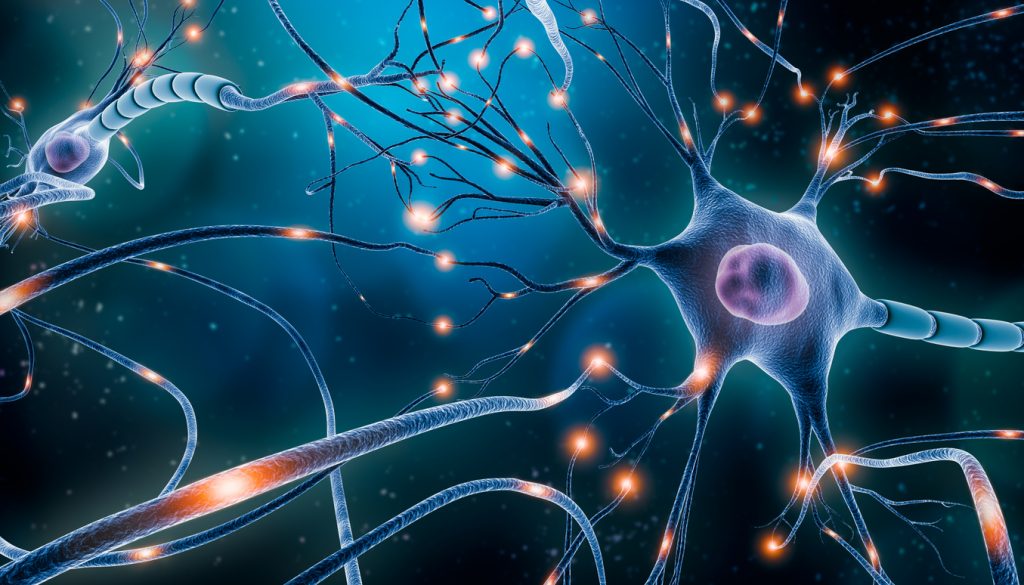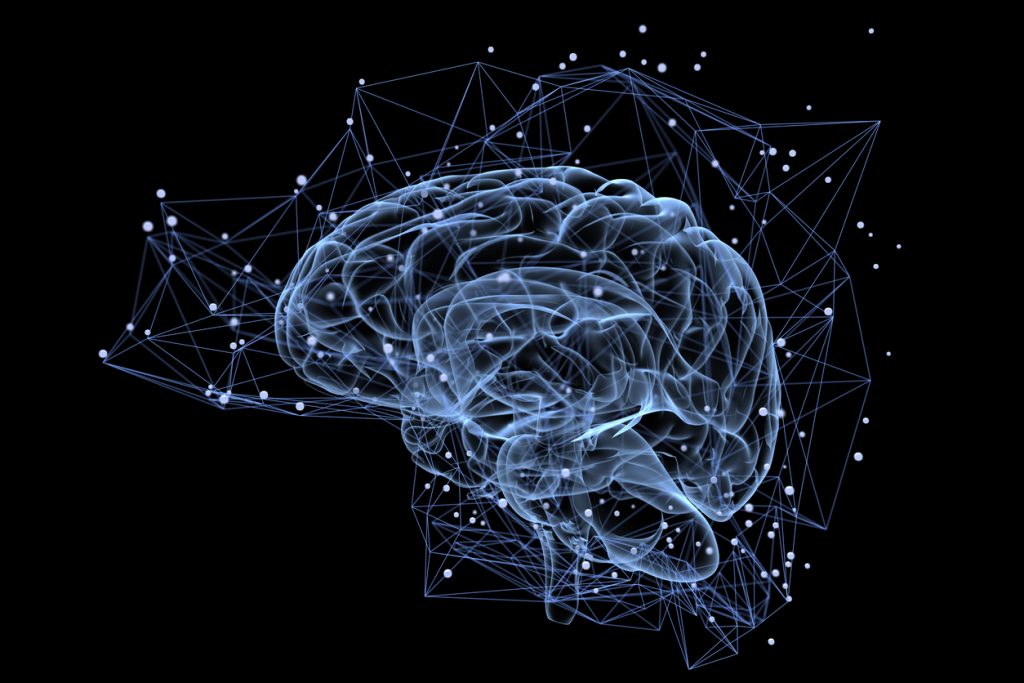A true bodybuilder knows the importance of physical effort in building muscle mass. However, research has linked other parameters for effective volume gain to occur, that of the role of the mind.
The concept of the connection that is made between the muscle and the mind seems to be increasingly justified in the world of athletes and strength sports enthusiasts. This includes the way in which a person goes about building muscle.
Indeed, building muscle is not just about working out in a gym and eating lots of food. This may have worked for some lucky people, but the result will not be the same for every athlete.
To ensure proper muscle growth, it is best to target each area. In this sense, series of movements performed during a long session are not enough to obtain such results. Good muscle growth is also based on the neuromuscular connection. A concept that must now be relied on to achieve the objectives set in the discipline of bodybuilding.
What is the mind-muscle connection?
Bodybuilding is no longer just about physical effort. In fact, psychological methods are added to the whole discipline. The neuromuscular connection is defined as the link of the mind in the exercises to work an area of the body. The athlete is therefore required to concentrate hard on the series he is performing. In this way, his body will use a sufficient amount of muscle fibres to lift effectively. This type of exercise also moderates and accentuates the contractions in a predefined area.
In other words, the neuromuscular connection makes each training session more fruitful. The athlete will not essentially be limited to performing sets in a mechanical and orchestrated manner. With a mind/muscle connection, each session will be meticulously performed so that each repetition can directly affect the bodybuilder's appearance.
The conditioning steps of a mind/muscle connection
The neuromuscular connection does not develop automatically in athletes. It takes conditioning the body and mental preparation for the results to be palpable. This requires a complete rethink of the entire training process so that it is not primarily physical but relies on a focus of the mind.
1- Balance the right load
In order to put more strain on the muscles, bodybuilders tend to work with heavy and important loads. However, uncontrolled series of movements with heavy loads are not conducive to good concentration. Therefore, to develop adequate concentration, the loads must be lightened but not too much. That is to say, reduce the weight slightly, just the necessary weight, so that the athlete can focus on the movements in order to target the zones effectively.
This trick allows you to work on your strength training technique without the loads being too heavy or too light. Parameters to maintain a constant tension on the muscles by requesting them in a more effective way.
2- Contract the right muscles
During the training sessions in the gym, the bodybuilder feels every part of his body undergoing the effort. However, the series of exercises are always targeted. This means that a movement is intended to act specifically on a given muscle. To establish a good neuromuscular connection, the athlete must listen to his body. Therefore, during an exercise, the athlete must be able to contract and then stretch the correct muscle so that it is under sufficient tension to increase in size.
This tip helps to better understand how physical activities affect the body. Secondly, it also allows the person to feel and focus on a particular area. The athlete will be able to understand the effects of each exercise and thus increase the intensity without overdoing it. This method is very effective in congesting a muscle in an efficient way.
3- Concentration mechanism
To establish a connection between the mind and the muscle, the athlete must first and foremost remain focused throughout the training. He must never let his concentration slip in order to work efficiently on his physical condition. To achieve this, each bodybuilder has his own method to keep his focus, such as closing his eyes, focusing on a point in the gym, listening to rhythmic music, chewing gum, etc. The goal is to find the technique that will help him to achieve his goals. The aim is to find the technique that will keep one's concentration to complete the exercises.
Studies on the neuromuscular connection
Numerous scientific studies have already looked into the real existence of this mind/muscle connection during weight training sessions. It has been found that a majority of the subjects studied who were asked to work their muscles while concentrating perceived better results. Indeed, more and more researchers agree that concentration really does allow motor units to be called upon.
Furthermore, the instructions that showed the most results in neuromuscular connection were to focus on the movement being performed and then to focus on the muscles involved in the movement. The research carried out identified these exercises as promoting better muscle activation. In other words, the muscle/mind connection is based on training for preferential activation of a motor unit. The body is then conditioned to gradually develop each muscle with the appropriate technique.
The studies carried out in the context of a better understanding of the neuromuscular connection have also defined the limits of this concept. Indeed, it would seem that establishing this connection between an athlete's mind and muscles requires practice. Not all bodybuilders will be able to do this effectively as it requires mastery of the movements, sets and consistency in the contraction exerted. Nevertheless, with time and many exercises, it is possible to solicit muscles effectively by working them in a targeted way. The parameters of the loads, the intensity of the exercises, the duration are also to be taken into consideration in this kind of training.




